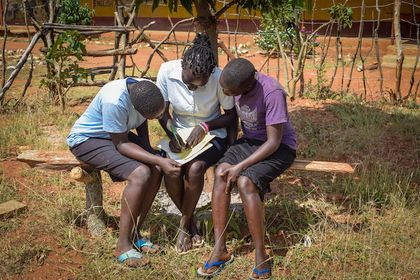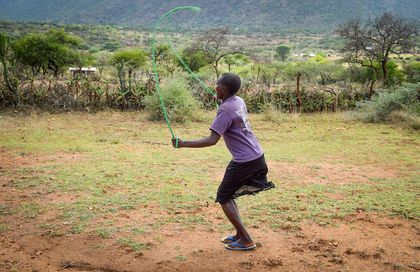“Female genital mutilation leaves lifelong physical and psychological consequences”
Each year more than 3 million girls are at risk of FGM. World Vision warns that legislative changes are not enough. “It is still necessary to raise awareness to destroy false myths”.
Protestante Digital · MADRID · 07 FEBRUARY 2020 · 15:21 CET
Around 200 million women have undergone some form of female genital mutilation (FGM), and each year more than 3 million girls are at risk of it.
Also known as cutting, this practice has been documented in 30 countries in Africa and Asia, and despite legislative advances to ban it, it is still present in many places where traditions, ignorance or pressure on minors prevent the protection of some of the weakest sectors of society: girls and women.
February 6 is the United Nations’ International Day of Zero Tolerance for Female Genital Mutilation, “a time to bring this serious issue to light”, the UN says, because it is often made invisible, due to social pressures, shame or fear.
According to the UN, “although this practice has been around for more than a thousand years, there are reasons to think that female genital mutilation could end in a single generation”.
“That is why the United Nations strives for its full eradication by 2030, as we explain in our Sustainable Development Goal 5”, they added.
SAFE PLACES
The Christian NGO World Vision has places where they give assistance to women and girls who have undergone FGM, or who have fled their homes to save themselves from this issue.
That is the story of Cherop, a 14-year-old girl who grew up in Kenya. She was waiting for a forced marriage or to suffer genital mutilation. When the agreement of her marriage was confirmed, she fled.
World Vision welcomed her in one of the rescue centers they have, through the project Every Last One, which aims to “provide a safe place for girls fleeing FGM or arranged marriage, so that they can attend school and enjoy life as every girl should do”.

DEEP-ROOTED TRADITIONAL PRACTICE
“There are physical and psychological consequences for the women who have been mutilated for life”, Eloisa Molina, World Vision Spain spokeswoman, told Spanish news website Protestante Digital.
She explained that women suffer those consequences “when they give birth, during their first sexual intercourse ... There are physical pains, but also psychological problems that diminish woman's life”.

“Some cultures do it rigth after birth, others in the adolescence, when it is understood that the girl becomes a woman. Some see it as a woman's protection from a marriage that the family cannot assume, for example”, Molina said.
That is why legislative changes are not enough, and the field work is more effective.“We often work with religious leaders, because we have realised that when these leaders oppose mutilation and teach about it, it has a great influence on their environment”, she pointed out.
The World Vision spokeswoman emphasised that “it is still necessary to raise awareness and sensitization, to destroy false myths and beliefs”.
Published in: Evangelical Focus - life & tech - “Female genital mutilation leaves lifelong physical and psychological consequences”
